Overview
Hello and welcome to the Bento Lab Biotechnology 101 Kit.
The kit will teach you the basics of DNA Analysis. This is a crash
Of course, this kit is not the end of your journey. Rather, it is the beginning. After completing the kit, you will have extracted DNA samples from different types of organisms, and
We started Bento Lab with a mission to accelerate and improve the future of biotechnology, by bringing it to more people. This is very much a work-in-progress. You are a pioneer by using this kit, and we are excited to see your progress and hear your feedback. Please don’t hesitate to get in touch with us and share your thoughts, feedback and suggestions with us.
How to use this kit
This kit is split into two parts: The first segment, Introduction to the Basics, introduces you to all the equipment and techniques you will need to know for the second segment, the barcoding projects.
We strongly recommend to finish the Introduction to the Basics first, before attempting any of the projects in the second segment. This is because all of the projects will rely on your mastery of the techniques you will have learned in the introduction.
Other important things to keep in mind:
- Always follow safety advice
- If you are unsure, or have question, get in touch with us. Experiments can fail for lots of different reasons, even for professional scientists. We will try to help you troubleshoot, so you can learn.
- Be a responsible scientist, join the community, and have fun.
Introduction to the Basics
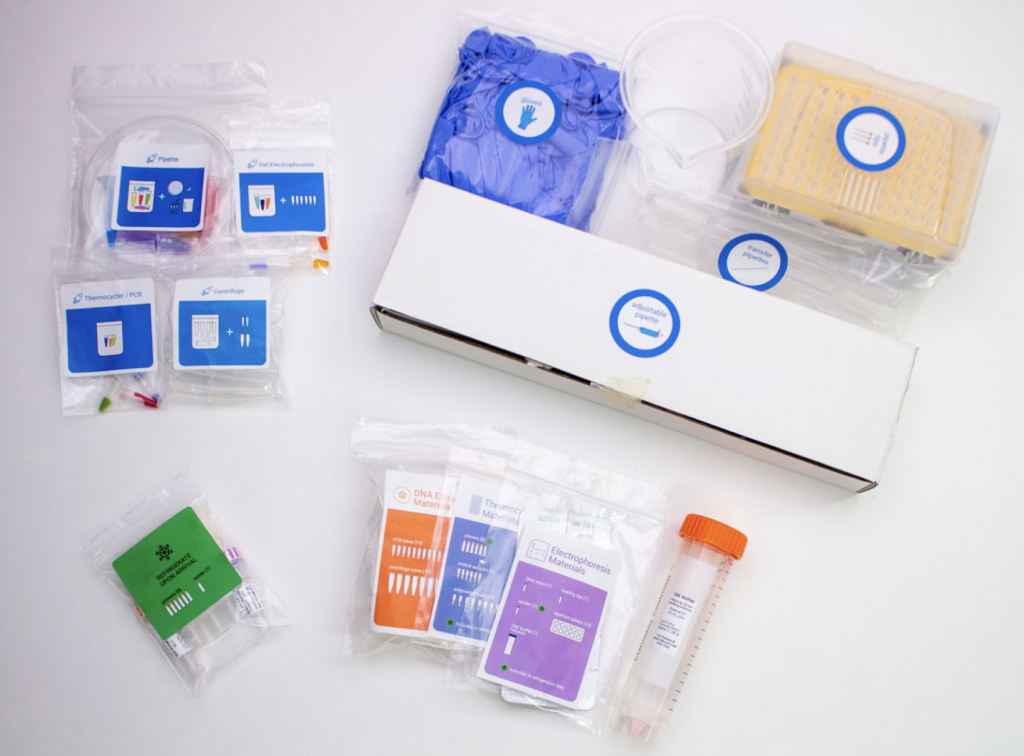
1. Start here – Welcome and Essential Preparation
Read all the essential information about how to get started with using this kit, and important safety advice.
View Guide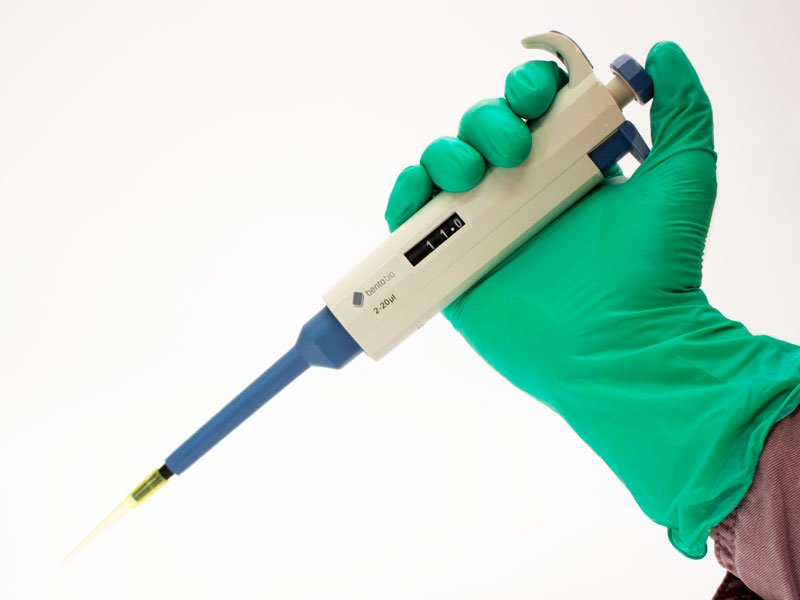
2. Introduction to Pipetting
The pipette is an indispensable tool when working with DNA and analysing genes, so you will need to be able to pipette with skill and confidence, before starting the research projects in this kit.
View Guide
3. Introduction to the Centrifuge
The centrifuge is a key component of Bento Lab. It allows you to use centrifugal force to separate samples based on density, by spinning them at extremely high speed. The Bento Lab centrifuge can spin up to 14,500 rotations per minute – 240 per second! A centrifuge is no toy, and if handled incorrectly, it can be dangerous. In this introduction tutorial, you will learn how to operate the centrifuge safely so you can use the centrifuge in your experiments with confidence.
View Guide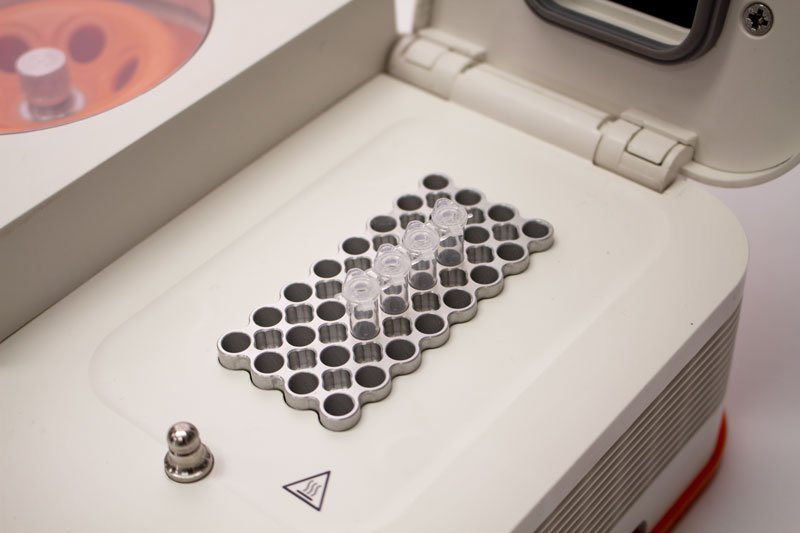
4. Introduction to PCR
Polymerase Chain Reaction (PCR) is one of the most important laboratory methods in molecular biology, and it is used as the basis for the analysis workflow of the Biotechnology 101 Kit’s projects.
View Guide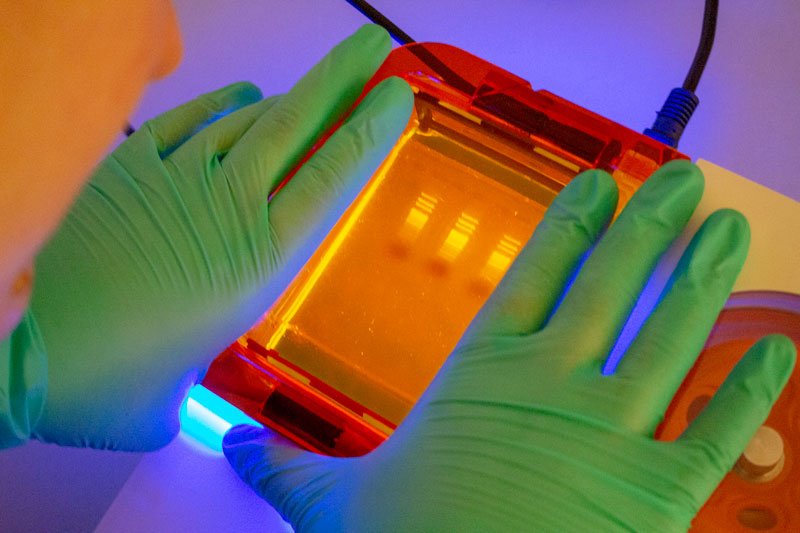
5. Introduction to Gel Electrophoresis
Gel Electrophoresis is the method used in this kit to analyse DNA samples. It is also the method that requires the most of your pipetting and practical lab skills.
View GuideDNA Analysis Projects

Lactose Intolerance
The ability to digest lactose after infancy is a relatively recent adaptation in humans, and it is not universal. For some people, lactose intolerance is related to genetics, and it occurs as the production of the lactase enzyme stops when they become an adult.
This project explores the genetic variation of the gene MCM6, which controls the expression of LCT, the gene that encodes the lactase enzyme.

Bitterness Tasting
Scientists believe the bitter taste sense developed to help animals detect toxins or poisons in food. But not everyone can taste the same things.
This project looks at a genetic marker in the TAS2R38 gene that affects your chances of being able to detect a certain bitter chemical called PTC. Some vegetables like raw broccoli and brussels sprouts, contain bitter chemicals similar to PTC. Whether or not you can taste bitter chemicals like PTC depends on your genetics.
View Guide
Athlete Gene
The ability to predict athletic performance is one of many aspects that many find exciting about personal genetic analysis. Of course, athletic ability is affected by many different genes, and training and nutrition are even more important factors.
This project looks at the ACTN3 gene, sometimes referred to as the “athlete gene”. It generates the protein α-actinin-3, which is present in skeletal muscle and is essential for its contraction. Variations of this gene are associated with a preference for endurance versus sprinting. The gene can explain around 2-3% of the difference in muscle performance between different people.
View Guide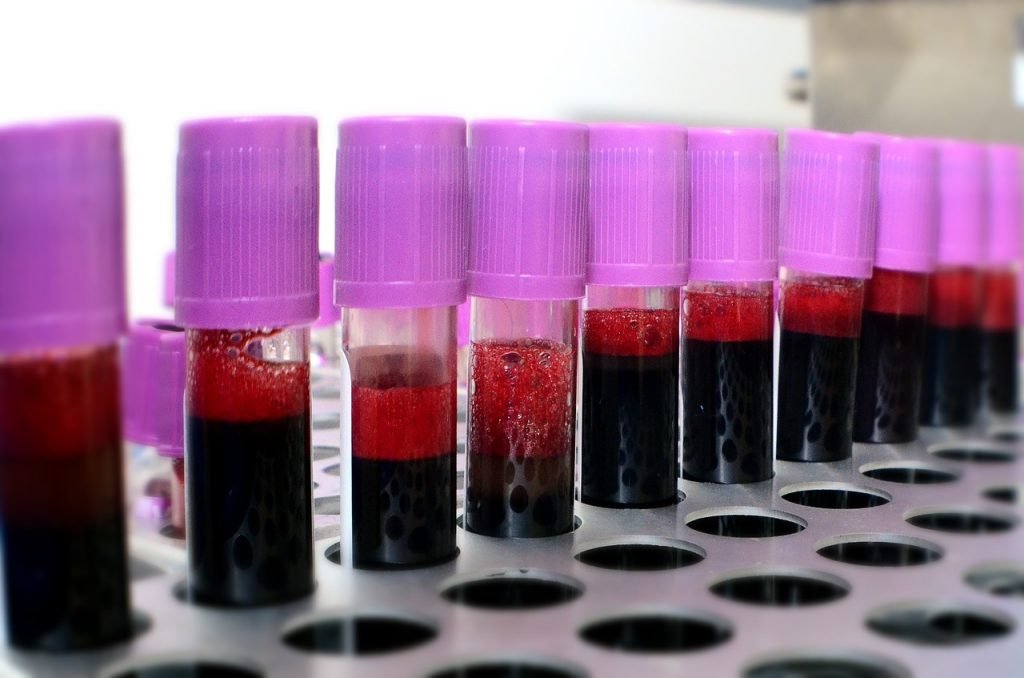
Rhesus Blood Group
There are many different ways to categorise blood. The most common way is the ABO grouping, followed by the Rhesus blood factor. Blood is either Rh positive or Rh negative, each of which is associated with particular antigens. The name comes from rhesus monkeys, which were thought initially to have the same antigen. This later turned out to be wrong, but the name stuck anyway.
Note: If you need to determine your Rhesus group for medical reasons, you should definitely not rely on any results you are testing yourself.
View Guide
GM Plant Detection
Since the ancient times, humans have influenced plant genetics by farming and selectively breeding. Nowadays, genetic modification is a key part of the plant breeding toolbox. It is a scientific technique used to alter the genome of an organism, such as a plant, by introducing genes from other species. Although genetically modified (GM) foods are not without controversy, their use is widespread and generally considered safe.
View Guide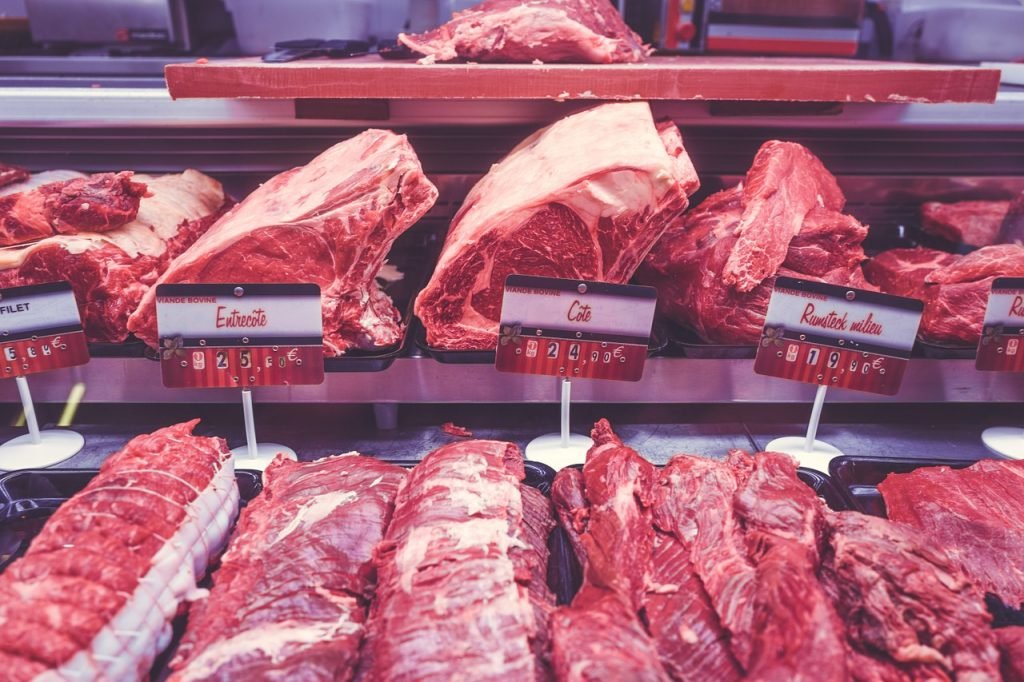
Meat Detection
Beef vs Pork
Meat quality is a serious issue in the food industry. How sure are you what your burger or supermarket lasagne is really made of? Are there traces of pork or beef in a sample?
To identify different species in meat samples, the mitochondrial DNA can be studied, as it remains more intact compared to genomic DNA during food processing.
Methods
These are methods used for the DNA Analysis Projects
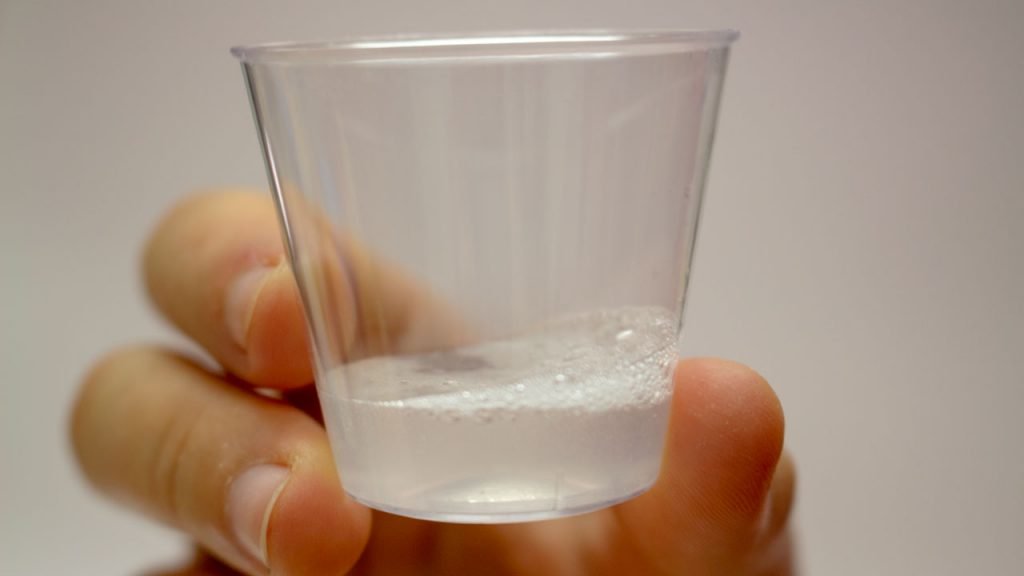
DNA Extraction (from Saliva)
This protocol describes how to extract a DNA sample from human saliva using Bento Lab.
View Guide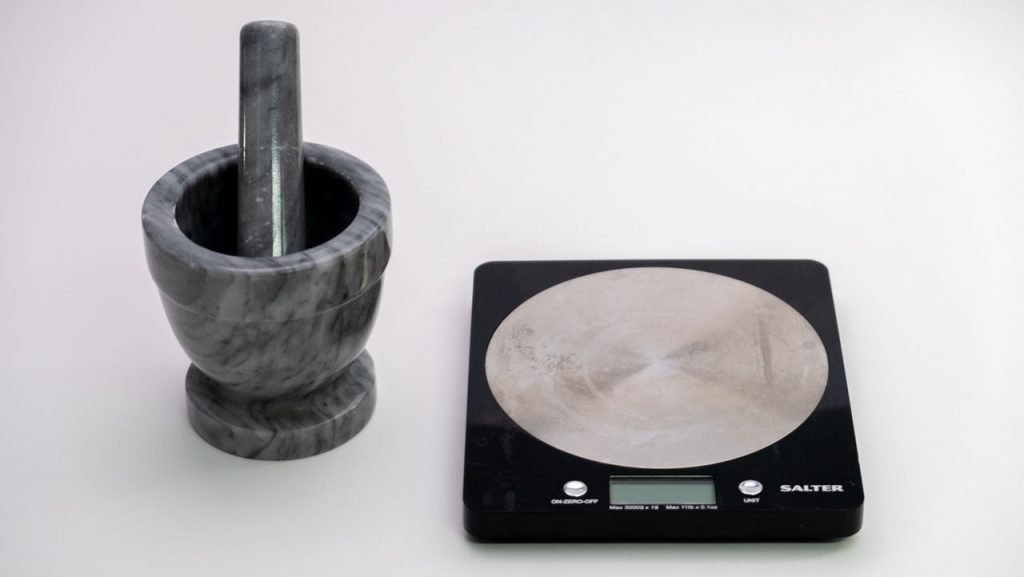
DNA Extraction (from Tissue)
This protocol describes how to extract a DNA sample from meat tissue or plants using Bento Lab.
View Guide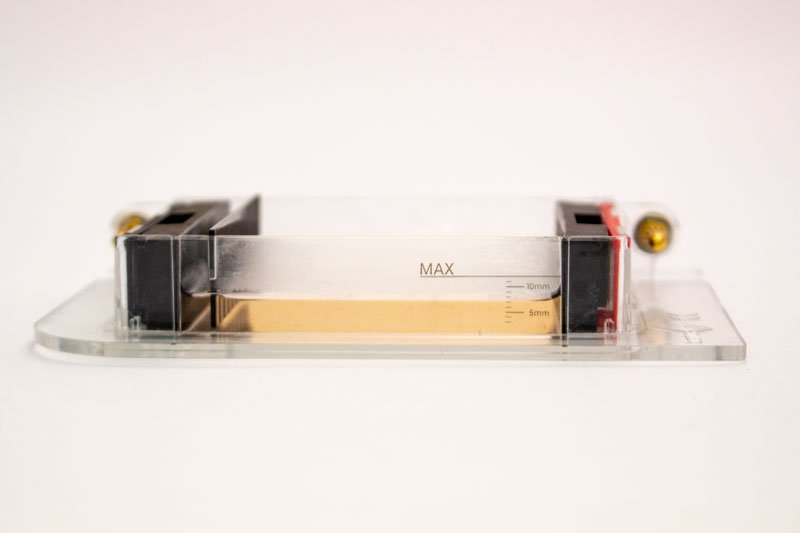
Gel Electrophoresis
Gel Electrophoresis is the method used in this kit to analyse DNA samples. It is also the method that requires the most of your pipetting and practical lab skills.
View Guide